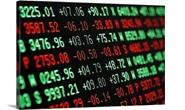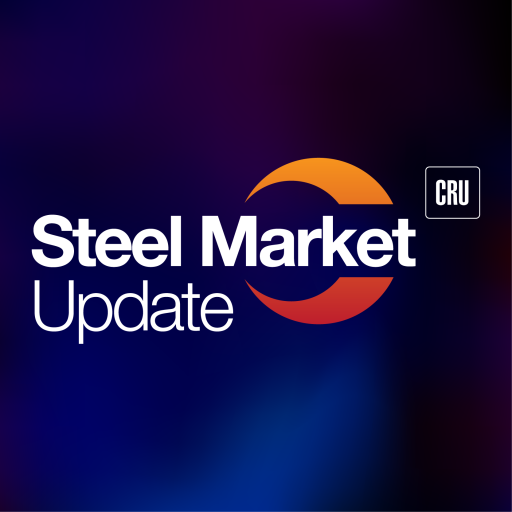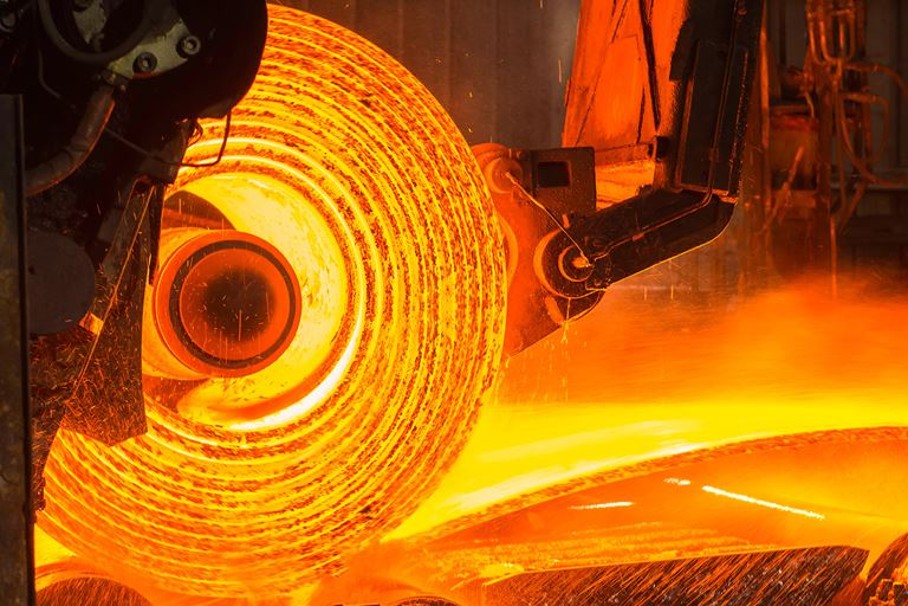Prices

February 6, 2014
HRC Futures Treading Water in a Stable, but Discounted Market...
Written by Bradley Clark
The futures market has traded in a tight range over the past few weeks as the lack of volatility in the spot market has provided little direction for futures traders. The physical market remains stable, albeit a touch softer, while the looming threat of increased imports has continues to cast a long shadow over the forward curve. As spot prices hover around $660-670 per ton and with the forward curve in steep backwardation as time decays longs in the front month have benefited from the lack of collapse in the market. Feb has traded actively between $655-660, March around $635 and second half periods around $630.
Volumes in the futures market this week have been healthy with over 20,000 tons trading over the past few days. Values have not been volatile but it does seem that many traders are coming off the fence and becoming more confident in their views going forward. With opinion split between those who believe that a strong pull back is likely and those who think the recent softness is a short term blip before the market regains its footing. Time will tell, but with decent volumes going through even in this low volatile market, it bodes well for the continued health of the contract.
The physical market remains steady with prices trading around $670 per ton with a small bearish bias.
{amchart id=”73″ HRC Futures Forward Curve}






